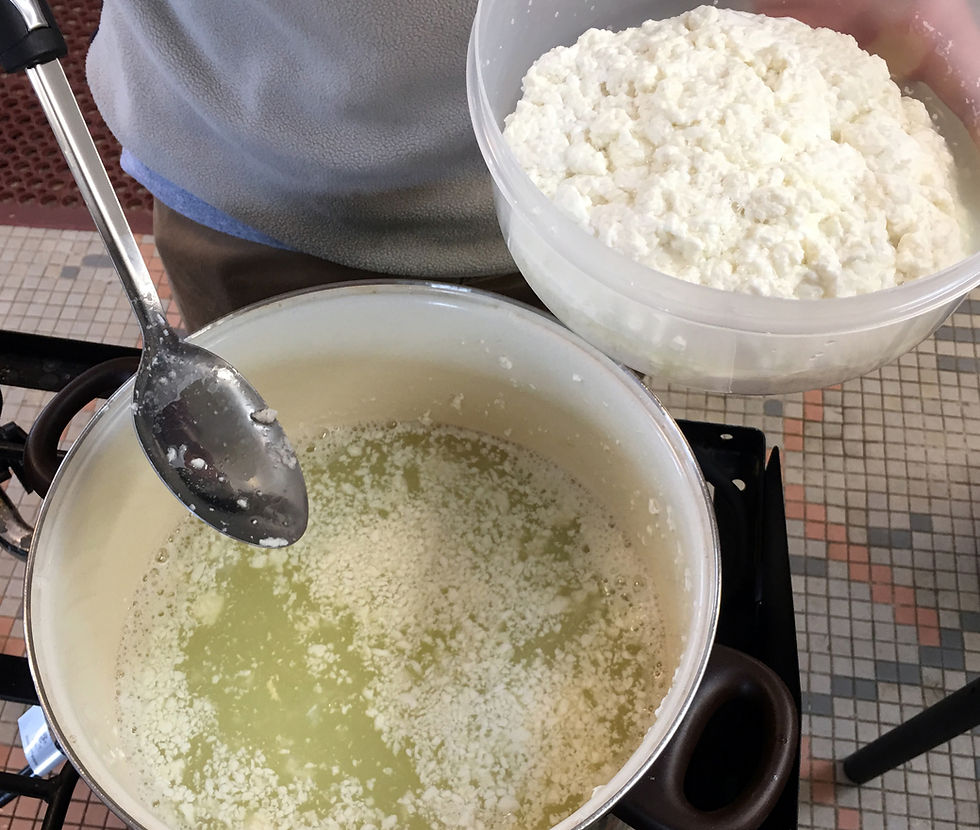A Roof Over Your Head
- FamilyDisasterPrep

- Jan 21, 2018
- 3 min read
The sky's the limit if you have a roof over your head.
Sol Hurok

An initial requirement in a disaster is finding or making shelter. What are the survival aspects of any shelter in a disaster situation?
First, a roof over your head to keep you dry from rain and snow.
Second, walls to protect you from the chill factor of wind and low temperatures.
Third, the walls also help keep threats outside the shelter.
Fourth, a shelter should keep us warm or cool as the temperature requires.
Fifth, most modern shelters provide utilities of electricity, heating/cooling, water, and hot water.
98 percent of the time, a person’s home (your macro-environment) is the best place to shelter-in-place or “bug-in.” The modern American home usually meets all the survival functions of a shelter. In addition, most American homes have a great deal of possessions which can be used for disaster preparedness. In addition, you may want to store tarps, plywood, plastic sheeting, duct tape, and repair tools to perform necessary repairs if your permanent shelter is damaged.
A generator is desirable backup in a loss of electricity as well as solar/wind powered battery bank, and wood-burning heating or propane devices. A Mr. Heater Portable Buddy Heater is an example of a portable propane heater (always use equipment per manufacturer instructions). Portable hot water heaters powered by propane also can be used. The Mr. Heater BOSS-XCW20 Basecamp Shower System is an example of a portable propane water heater (again, use per manufacturer instructions). A fan can provide some limited cooling and a window air-conditioning unit can be powered by a properly sized generator to run it.
If you are forced to relocate or “bug-out,” a car can be used for shelter. With a car, it will be helpful to have enough space to stretch out on the seats or in the back of the car.

Camping outdoors is another solution if you are mobile. Camping gear should be seen as a system. A tent, tarps, or hammock can be useful for roof/wall protection. Camping equipment should include a ground cloth, sleeping pad, and sleeping bag/blankets. Having a recreational vehicle is a practical ready substitution to your permanent home in a bug-out situation.
An important aspect of shelter is your micro-environment – what you wear. You should have available outer foul weather gear. In the old days in the U.S. Navy, rain and wind foul-weather gear consisted of a rubberized canvas material made into outer pants and jacket with hood. Far more modern foul weather gear is now readily available. The essential aspect of foul weather gear is that it should keep water out and help break the chill factor of gusting wind. Many waterproof foul-weather suits have been developed for hunting and for people who work outside. A ski suit would be an example of winter foul weather gear.
For any type of cold weather protection laying is important. Having moisture-wicking garments for inner layers is key. Let’s start from the bottom up. In any type of weather the foundation should be your shoes. We seen top quality hiking/work boots from brand-named products made by Merrill, REI, and Vasque. While leather is beautiful, leather boots will require breaking them in to prevent blisters while softer sturdy waterproof boots will break in quickly without the same concerns about blisters. Having water-proofing in any type of boot is important.
Quality socks are vital, the extra expense of quality socks will be an investment in your health. Examples of quality socks are brands such as Merino wool, Smart socks, and PHd socks. Quality hiking sandals are a good supplement to your hiking/work boots for warmer weather. Next, layer your undergarments followed in cold weather by long johns, then warm pants, flannel shirt, belt/suspenders and shirt. In extremely cold weather, I prefer a thin fleece jacket, then a medium fleece coat, and finally the foul weather pants and top.






Comments